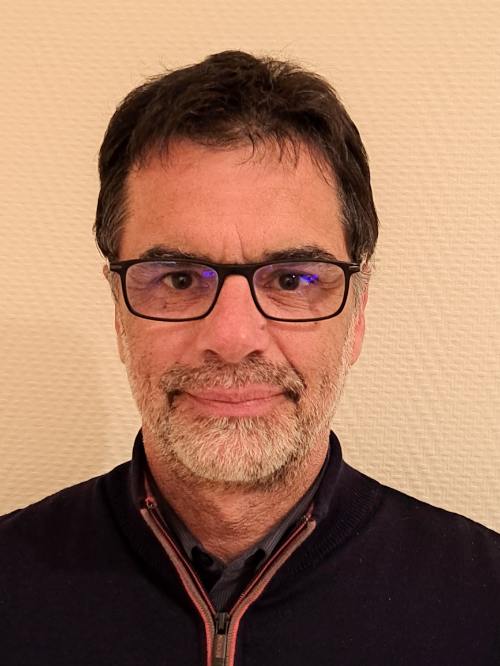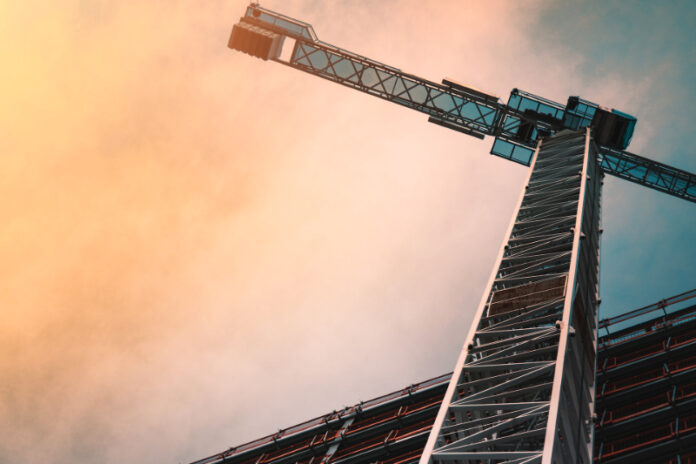To keep up with the evolving demands in industries such as shipping, construction, and manufacturing, automation of industrial crane systems is critical.
This in turn, improves productivity and reduces operational costs in harsh industrial conditions.
However, these types of solutions are becoming increasingly complex for companies like Schneider Electric, as it requires elevated connectivity with fast reaction time, high accuracy, reliability, and 24/7 availability.
To this end, the company turned to 5G technology.
Frontier Enterprise spoke with Olivier Coutelou, Group Senior Expert at Schneider Electric, and Monika Gupta, Group 5G & Edge Lead for Industries & Partnerships at Capgemini, to pick up on the details of their collaboration.
Reaching for the heights
Schneider Electric has been developing hoisting solutions for over 70 years. Presently, new challenges faced by their customers have prompted them to innovate quickly.
Some of the challenges their customers are facing are:
- Difficulty for remote operators to manage several crane applications simultaneously.
- The congestion of frequencies in the Wi-Fi bands.
- High latency in Wi-Fi.
- The necessity to use a proprietary radio solution for low-latency video, which generates a high spectral occupation per video stream.

“All these drawbacks and constraints can limit the deployment of many autonomous crane systems working in parallel on an industrial site,” noted Schneider Electric’s Olivier Coutelou.
In addition, the company’s current system relies on optical fibre to establish communication between the crane’s two mobile components. As the crane moves, this fibre generates frequent and expensive maintenance requirements. As a result, the team at Schneider Electric concluded that replacing the optical fibre with a 5G wireless solution could result in significant improvements.
With these realisations, Schneider Electric tapped IT services and consultancy firm Capgemini and semiconductor manufacturer Qualcomm Technologies to help design an upgrade to their hoisting solutions.
It helped that Schneider Electric and Capgemini had already established a good working relationship, having collaborated on industrial use cases for 5G since the emergence of the technology.
“It’s about complementary expertise. At Schneider Electric, we brought our automation application expertise, but we needed ecosystem expertise for the integration of the latest advanced industrial communications technologies, and specific expertise in 5G itself. As part of this project to optimise our IACS (Integrated Autonomous Crane System) jointly with Capgemini and Qualcomm Technologies, we have worked on adapting the architecture for the specific system in which it needs to be deployed on site,” Coutelou continued.
In a span of six months, Capgemini worked with Schneider Electric on the project’s scope, roadmap, and methodology.
“We designed and pre-integrated a multi-vendor 5G private network architecture in our Labs. Then we deployed it at the Schneider Electric premises, testing all the 5G capabilities and adding value to the integrated autonomous crane system of Schneider Electric. We developed this solution with the wider OT functionality and capability in mind, to bring together a combination of technologies that enables new digital services,” Capgemini’s Monika Gupta shared.
The executive added that they worked with Qualcomm because of the latter’s deep knowledge of wireless technologies.
“Qualcomm Technologies’ team pre-integrated the vendor products and conducted E2E testing, providing us with an advanced system. During the testing phase, we evaluated the performance of multiple communication flows. That was a complex undertaking that required a deep understanding of the functionality and the capabilities of the network,” Gupta said.
Clearing obstacles
Despite the close partnership between Schneider Electric and Capgemini, the project was not a walk in the park.
According to Schneider Electric’s Olivier Coutelou, one technical challenge they faced was the IP address management between the OT networks and 5G IP networks.
To address this, the company had to set up tunnelling to connect automation devices which needed to be visible to their automation system.

Further, the deployment also hit a snag because of the GPS synchronisation of the 5G antennas in buildings or indoor factories without satellite visibility.
The setup of the network and its testing lasted several intense weeks, during which Capgemini collected a lot of information and experience.
The last phase was the real deployment of the created 5G system, which was carried out in December 2022.
“The 5G solution operated on a miniature overhead crane and thus allowed us to discover and overcome together a certain number of difficulties, anticipating a real deployment on site,” Coutelou said.
Future use cases
While Wi-Fi-based solutions will continue to exist in the industrial market and provide cost efficiency for smaller production sites, Schneider Electric is seeing the huge impact of 5G for large sites, such as in nuclear, port, and steel industries.
“For large sites, the main advantages of 5G are: reinforced cybersecurity, licensed frequency bands avoiding interferences, greater transmission power, better radio sensitivity, the quality-of-service capability, slicing capability, low latency, and high reliability. Moreover, 5G deployment in large industrial sites allows simplification and convergence of the communication systems,” Schneider Electric’s Olivier Coutelou said.
In the end, the choice between Wi-Fi and 5G rests on what applications end customers have, alongside the size of their site.
“For large sites, and/or when critical flows, resource control, mobility etc are required, we see a convergence of existing wireless networks such as PMR, DECT, WiFi and proprietary solutions towards 5G,” he explained.
Meanwhile, as enterprises continue to explore the possibilities of 5G for their business, Capgemini is continuing to work with an ecosystem of tech vendors, which includes Qualcomm.
According to Monika Gupta, Capgemini is collaborating with Qualcomm on the development of an Open RAN ecosystem for 5G small cells. The ecosystem will feature the Qualcomm FSM100 5G RAN Platform and Qualcomm-powered 5G devices for industrial applications. At the same time, Capgemini is evaluating the Qualcomm Edgewise Suite for RAN management and automation of 5G Private Networks at scale.
“To innovate, test, and experiment on 5G technology and its industrial applications and customise use cases for all industries—from manufacturing, life sciences, logistics, public safety, to retail—we have developed a global network of 5G Labs. They are located in Paris, France; Mumbai, India; and a 5G Solutions Center opened in San Francisco in the United States in January 2023,” she added.
Capgemini has developed over 40 5G use cases for industrial customers, along with a library of ready-to-use microservices, including detection, mobility, audio and video services, that can be integrated into infrastructure to enable new digital services such as remote assistance with guided procedures for field operators, autonomous intralogistics, surveillance and inspection, and robotics.
















